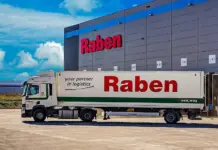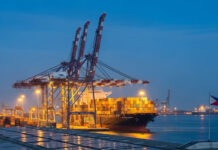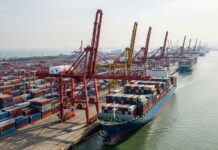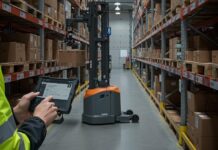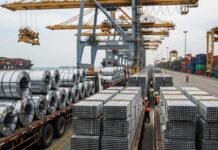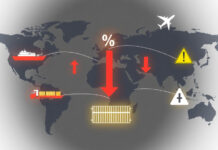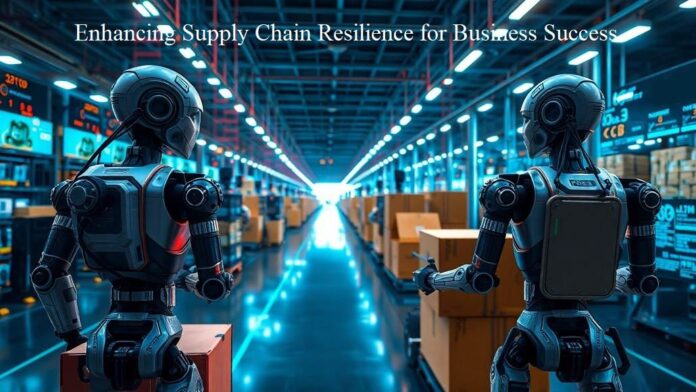The podcast discusses the increasing challenges that supply chains currently face, from natural disasters to changing markets. It highlights that developing supply chain resilience is not only a benefit but a necessity for firms to act quickly and successfully to unexpected disruptions, sustain business continuity, and safeguard cash flows. Firms that invest in supply chain resilience can ride out disruptions and evolve with new risks and opportunities.
Listen to the Podcast:
The following are some of the important points discussed in this podcast:
1. Challenges in supply chain management
Supply chains today are confronted with more unprecedented challenges than ever before, ranging from natural disasters to volatile markets. A strong strategy is necessary for companies to manage these challenges successfully, facilitating quick responses to disruptions and protecting revenue streams.
2. Significance of supply chain resilience
A robust supply chain functions as a buffer, enabling firms to hold stocks of key parts to prevent shortages when disruptions occur unexpectedly.
3. Proactive preparation for disruptions
Disruptions are unavoidable, due to natural calamities or economic changes. A robust supply chain anticipates possible risks and implements early mitigation measures, reducing the impact of disruptions and accelerating recovery.
4. Adaptability to unforeseen events
No plan can anticipate all eventualities. A resilient supply chain is adaptable, responding to unanticipated events with actions such as finding backup suppliers, diversion of shipments, or changing production techniques.
5. Importance of Customer Satisfaction
Disruptions cause delays and stockouts that may upset the customers. A resilient supply chain decreases these problems by offering product delivery properly and creating customer loyalty.
6. Cost reduction through resilience
Disturbances come with high costs, such as lost business and higher logistics costs. Supply chain resilience is increased by minimizing these costs through lowered frequencies of disturbance and faster recovery.
7. Core elements of a resilient supply chain
Diversified Sourcing: Having multiple sources and utilizing both local and foreign suppliers de-risks supply disruption by natural disasters and geopolitics.
- Flexible logistics networks: A flexible logistics network can rapidly change routes and methods, permitting effective reaction to pressures from outside while sustaining service quality.
- Strong IT systems: Innovative IT systems leverage big data, AI, and blockchain to run real-time data analysis, supporting intelligent decision-making and greater visibility along the supply chain.
8. Role of risk management
Good risk management plays an important role in anticipating and managing disruptions. Upfront risk evaluation ensures that potential problems are anticipated, enabling the development of risk-mitigating plans and ensuring reliability.
9. Technological innovations
- Artificial Intelligence: AI improves resilience by predicting disruptions and fine-tuning response actions.
- Blockchain: Blockchain increases economic security between trading partners by offering open transaction records.
10. Challenges in building resilience
- Cost balancing with resilience: Cost balancing with resilience is challenging, as disruption of supply chains can result in higher costs and lower profitability.
- Risk management: Risk management in intricate supply chains involves wading through economic and geopolitical uncertainties.
- Environmental regulations: Regulatory updates in environmental regulations and trade can upset set operations, which need to be adapted in a hurry.
In summary, applying supply chain resilience is essential in the changing global economy. Synchronizing supply strategy with overall business goals enables firms to focus on the most critical investments and manage risks efficiently so that they can survive disruptions.
Download Podcast:
You can download the podcast directly
Additional Resources:
For more details on Future Challenges in Manufacturing and Supply Chains, check out the original article:
Building Supply Chain Resilience to Curtail Risk Management by Supply Chain Informs.

